Even though the pushed M240 images at ISO 200, 400, and 800 have a green cast, it is instructive to look at tight crops of the RX1 and M240 images from the preceding post. You can see how the noise varies with ISO, and compare the RX1 noise to that of the M240. The following images are 300×300 crops. The images were aligned in the cropped region to compensate for the fact that the lenses on the two cameras, though nominally 35mm, actually have slightly different focal lengths. For web presentation, the 300×300 crops have been res’d up to 600×600 using nearest neighbor before JPEG compression is applied.
M240, ISO 3200:
RX1, ISO 3200:
M240, ISO 1600, 1 stop push:
RX1, ISO 1600, 1 stop push:
M240, ISO 800, 2 stop push:
RX1, ISO 800, 2 stop push:
M240, ISO 400, 3 stop push:
RX1, ISO 400, 3 stop push:
M240, ISO 200, 4 stop push:
RX1, ISO 200, 4 stop push:
Here’s my interpretation of the above images:
- The M240 at ISO 3200 is noisier than it is at ISO 1600 pushed one stop in post. Therefore, I’d stop increasing the ISO on the M240 at 1600.
- The green shadow shift (remember, the brightest part of the images is no brighter than 4 stops below full scale) in the pushed ISO 200, 400, and 800 images is not worth dealing with for any noise reduction that it might offer. Therefore, I wouldn’t plan to push M240 images exposed at these ISOs. In all the above, we are pushing to the equivalent of ISO 3200. ISO 100 M240 images may be just fine if only pushed a stop or two. If there’s interest, I can do some testing.
- The RX1 has less noise than the M240 at all settings.
- The banding that showed up on the M240 in the flat-field testing is not visible in these images. Although some have said that banding is a problem in low light with the M240, I wouldn’t say so from my testing.
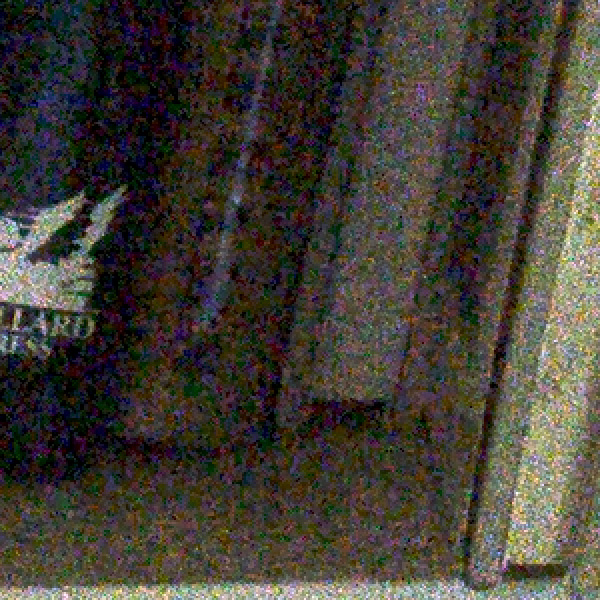
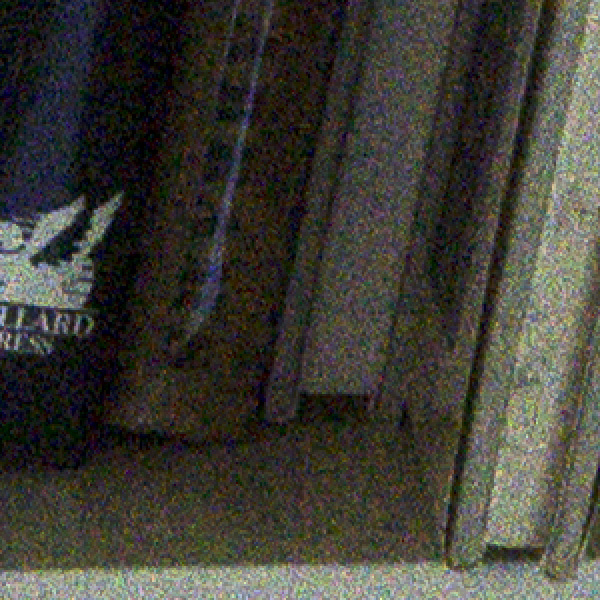
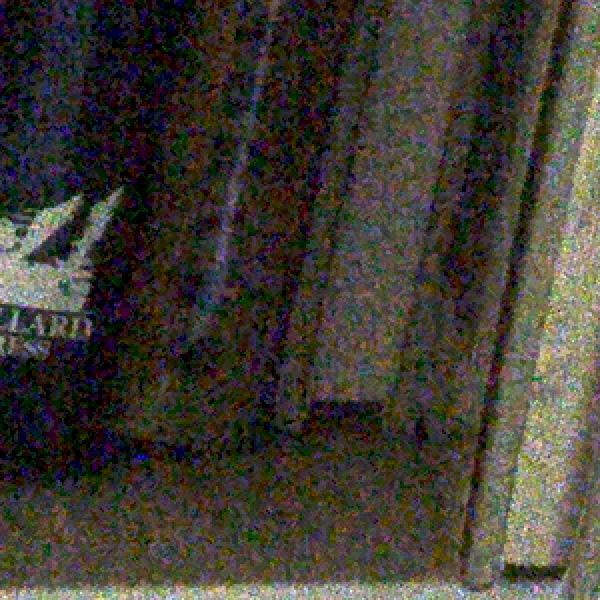
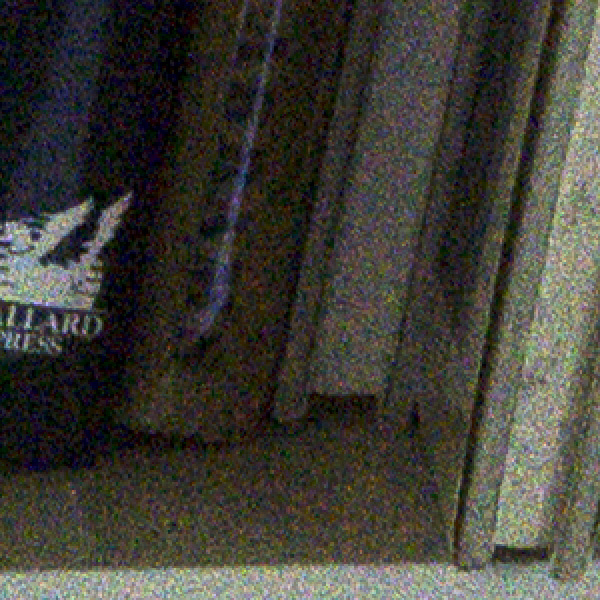
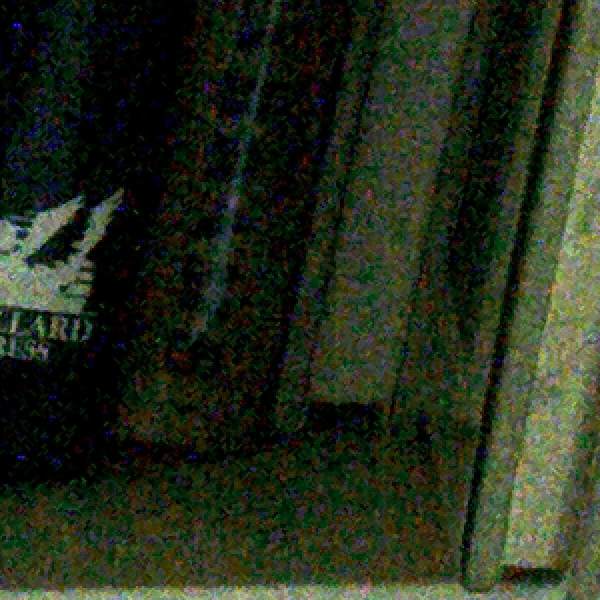
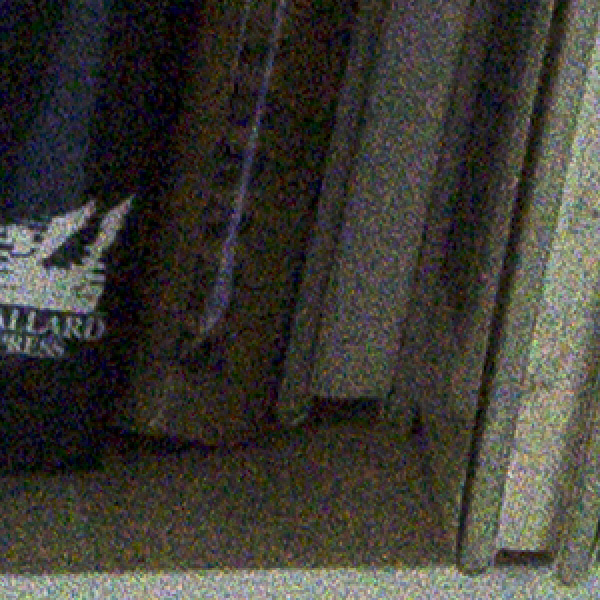

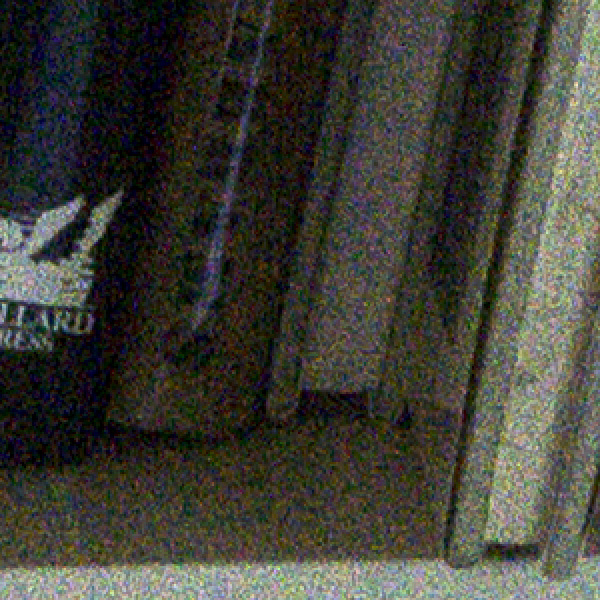
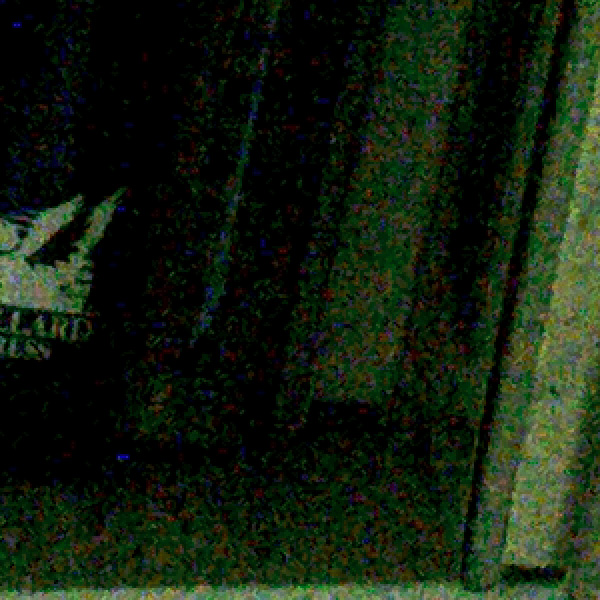
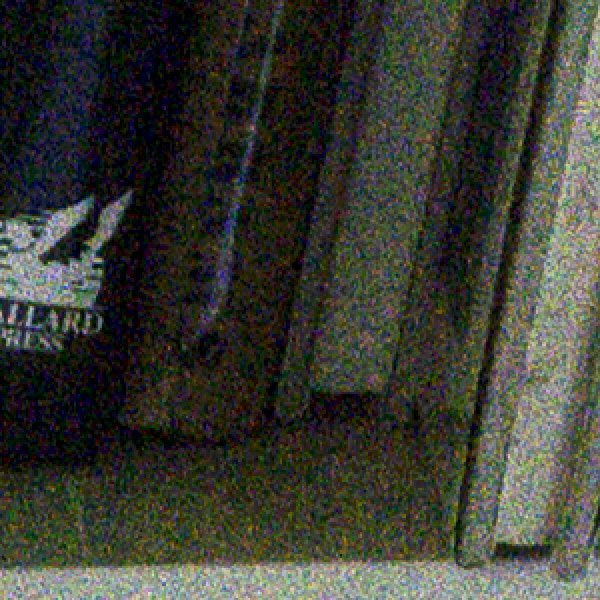
[…] Re: New LEICA M vs M9 – Daylight picture RAW files comparison Ad There are some articles about the green cast right here Characterizing the Leica M240, part 12 | The Last Word […]